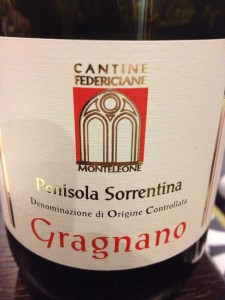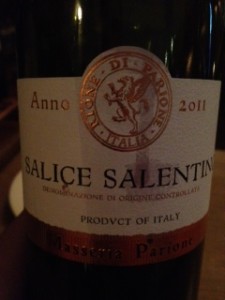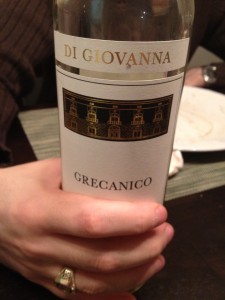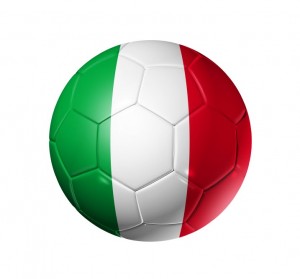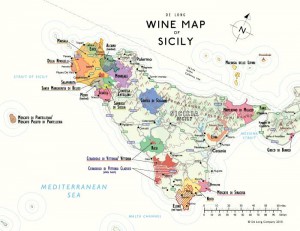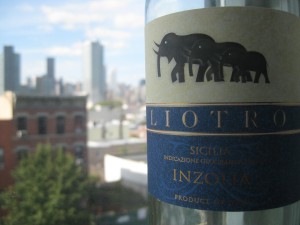Piedirosso – think Pompeii
Piedirosso is an Italian grape that prefers volcanic soil and makes a wine called “Gragnano” so even before finishing this well-written article on Piedirosso, I needed to google where Gragnano is located and if it is close to Pompeii. Please see embedded map. Yes, right next to Vesuvius is Pompeii and right next to Pompeii is Gragnano, home to inky pastas and fizzy red wines. A short 39 minute drive down from Naples that requires driving around Vesuvius.
Volcanic Wine
Quite literally, when pairing that pizza at Motorino’s with Gragnano, you are drinking the volcanic fruits of an enormous eruption from nearly two thousand years ago (79 A.D. per helpful wikipedia). Fittingly enough, Vesuvius vino is fizzy. That bottle of red might look normal and dry but open it up and you’ll notice the bubbles raising to the surface, trying to find that cone of the volcano. Try shaking the bottle – will it explode all of your Pompeii doilies? An experiment still to be tested, perhaps in 2079 in memorial of the 2,000 year anniversary. That would be my 98th birthday and certainly seems permissible at the age of 98 to be as crazy as you like. Future nursing home – please consider yourself forewarned. I may bring Alka-Seltzer.
Taste:
Slightly fizzy, bit mid body with surprisingly little fruit. Somewhere between Sangria and Lambrusco. Long and dry finish
Detail Up!
Piedirosso grape of Penisola Sorrentina “Gragnano”, Monteleone 2012 from Gragnano near Naples in Campania, Italy
Random Googles:
* Gragnano is the region in Naples province that makes this Piedirosso grape into the slightly fizzy Gragnano
* Gragnano is often cited as a fantastic accompaniment to pizza, one of the rare wines that Italians will actually drink with pizza. Beer is the more popular choice apparently.
* Piedirosso literally means “red feet”. Jancis Robinson points that that this is because the bottom of the vine of this grape used to have red feet that looked similar to the red feet of pigeons… perhaps the only cute thing about pigeons.
